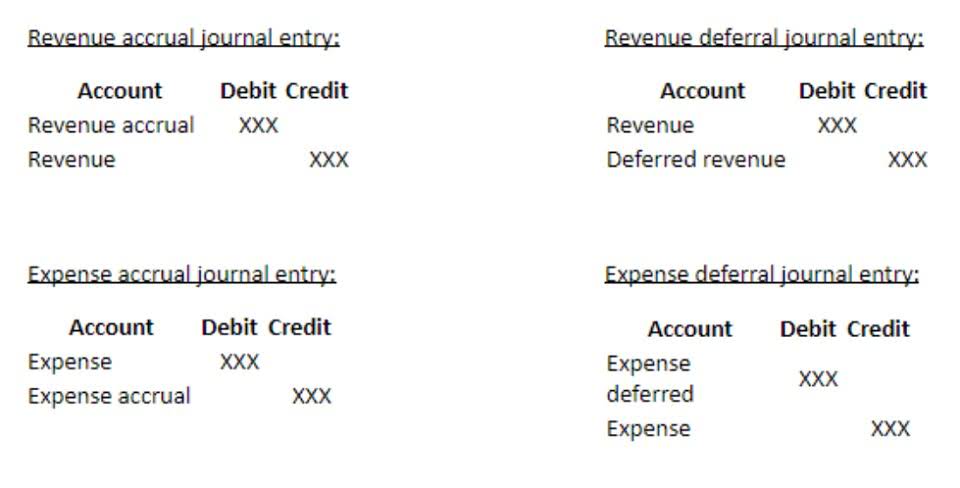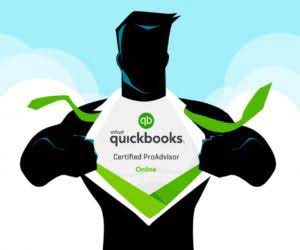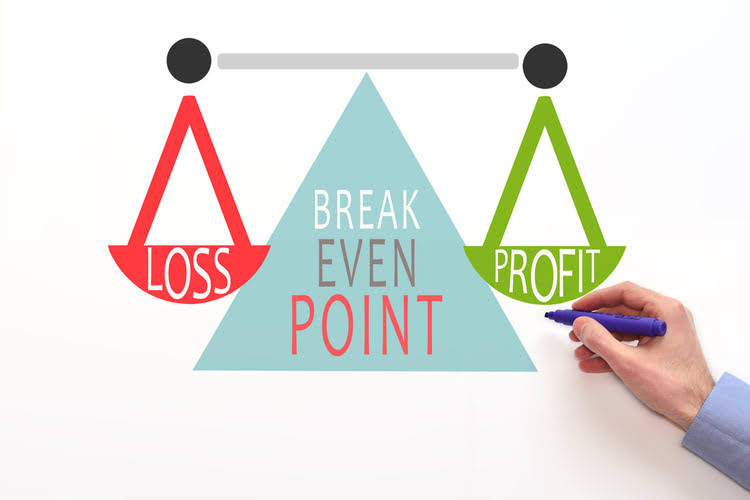
This includes accounting unearned revenue software, paper records like physical invoices, and bank records. Payment reconciliation is a method of bookkeeping that compares financial records that are logged internally with bank statements, to make sure the accounting is accurate. All the recorded payments received or made need to match with invoices and bank statements.
- Daily reconciliation aids in maintaining accurate financial records, preventing fraud, and ensuring effective cash flow management.
- This challenge increases even more as a business expands and payment volumes rise or fluctuate.
- Payments reconciliation is essential to the financial health of any business, preserves the integrity of financial reporting and helps merchants comply with various laws and regulations.
- This ensures that all transactions are recorded clearly and on-time and any material differences are quickly identified and resolved.
- You need to retrieve all internal and external records to start with the reconciliation process.
Accounts Payable Reconciliation

A balanced account is a hallmark of a well-structured organization, and accurately balancing your agency’s accounts requires following specific steps. While saving receipts or employing a structured spreadsheet can be helpful, verifying your records against your actual financial documents is essential. Payment reconciliation may be composed of disbursements (such as operating expenses such as rents, and interest payments on loans), accounts receivables and payables, direct debits, eCommerce, digital wallets, and others. When outstanding items are matched with a bank statement, you gain a clearer and more accurate financial picture of your company. Items (such as entries from sales or purchases) are considered as outstanding until you match them to bank statements. Payment reconciliation is an integral part of accounting and is typically performed regularly.
Increased Accuracy

Frequent reconciliation increases the likelihood of closing financial books on time, ensuring that financial reports are always up to date. This timely information is essential for making informed decisions and maintaining financial transparency. Automation accelerates the payment reconciliation process, facilitating more frequent financial closings. The manual reconciliation process for these payments can be labour-intensive, increasing the likelihood of delays. Delays in processing these payments not only inconvenience recipients but can what is payment reconciliation also strain relationships with suppliers and impact the business’s reputation.

Regular review
- It also ensures that all payments to vendors are recorded properly to remove duplicate payments, missed payments, or misappropriation of expense amounts.
- Let’s dive deeper into the meaning and methods of payment reconciliation, along with payment reconciliation software, tools, and systems powerful enough to enhance the process for your government organization.
- Accounting software like QuickBooks and ERP systems provide simple automated bank reconciliations for each bank account and cash account.
- Delays in processing these payments not only inconvenience recipients but can also strain relationships with suppliers and impact the business’s reputation.
- It’s the process by which an organisation accounts for, categorises, and “resolves” its incoming and outgoing payments so that internal bookkeeping records accurately reflect the financial activity of the business.
- Without a reconciliation solution in place, your bank accounts may have less than the expected balance leading to bounced cheques or overdraft fees.
It can also lead to believe that businesses have Accounting for Churches more cash on hand than they should, which could result in overspending. Payment reconciliation helps ensure financial records are accurate, preventing fraud and costly mistakes for businesses. When leading life-science product distributor Quartzy adopted MineralTree’s SilverPay virtual card payment option, they experienced fully automated payments with seamless reconciliation. They no longer have to manually perform monthly credit card reconciliations, which is a huge boon considering their high payment volume. The first step of the payment reconciliation process is to pay any outstanding bills.

Step 4: Resolving Discrepancies
It’s all too easy to make an error, lose a receipt or account for a payment that isn’t a business expense. When errors creep in, for example, if the company account is compromised in some way by an outside party, good reconciliation practices will flag up fraudulent activity. You need to retrieve all internal and external records to start with the reconciliation process. Manually, the more entities and banks the company has, the more time it will take to do that. While the reconciliation process is straightforward, it’s a challenge when a business has hundreds or thousands of accounts payables and accounts receivables.
- If payments reconciliation is out of control, financial records and financial reporting could be erroneous.
- This process is essential for ensuring financial statement accuracy, detecting discrepancies or errors, and preventing fraud.
- An established, well-regarded accounting software program is very likely to include robust security features to protect your company’s sensitive financial information from hacking and data theft.
- This is typically done using accounting software, but could also be as simple as a written list of incoming and outgoing transactions.
- In this post, we’ll check out the meaning of payment reconciliation, why it’s important to have a payment reconciliation process, and how the process works.
Tipalti payment reconciliation software lets users export results to Excel spreadsheets if businesses want more analysis or customized data visualization. Small businesses with few bank accounts and a low volume of transactions may find reconciling payments easier to handle with standard accounting software. Rapidly growing companies should plan to find the right automated payment and payment reconciliation solution for their business. For businesses where cash is a common payment method, such as a cafe or a small retail shop, integrating point-of-sale (POS) systems with accounting software will help streamline the reconciliation process immensely.
